Structure of Stomata What are Stomata? When a leaf is examined under the microscope, we observe many tiny pores, which are collectively called stomata. Stomata are the minute openings, generally found in the epidermis of leaves. They are typically found in plant leaves and can also be found in stems and other parts of plants . Stomata play an important role by permitting the movement of gases such as oxygen, carbon dioxide, and water vapour to diffuse between the interior and outer surface of the plant tissues. Types of Stomata There are different types of stomata and they are mainly classified based on their number and characteristics of the surrounding subsidiary cells. Listed below are the different types of stomata. Anomocytic Stomata They are surrounded by the epidermal cells, which have a fixed shape and siz...
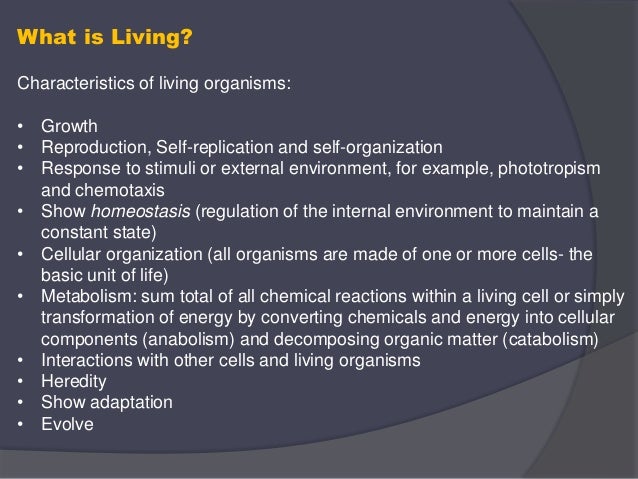

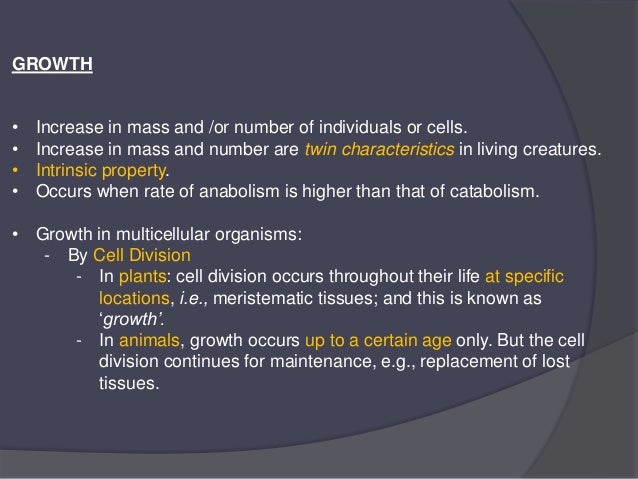
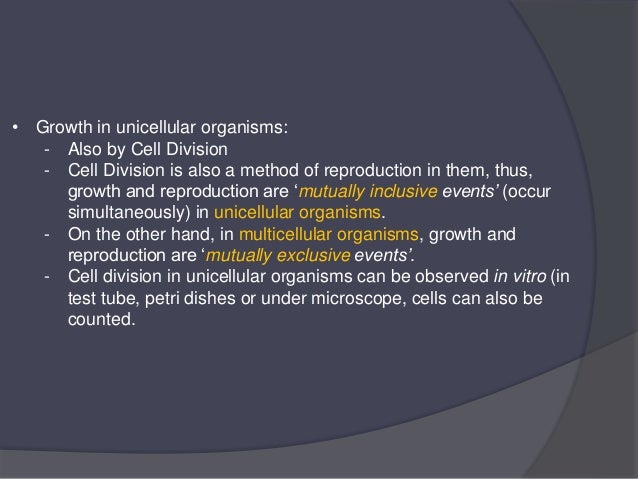
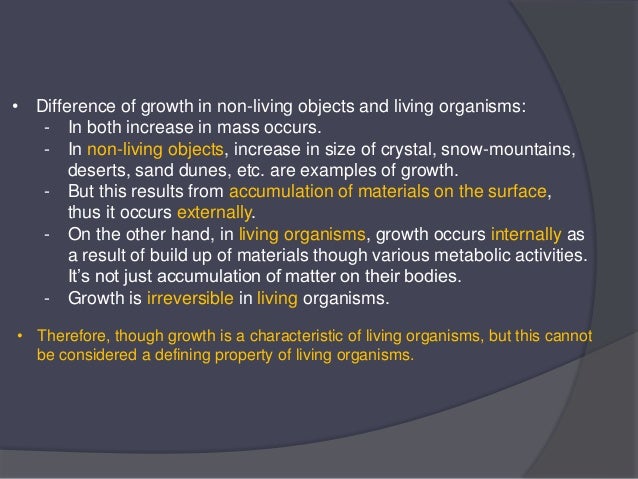

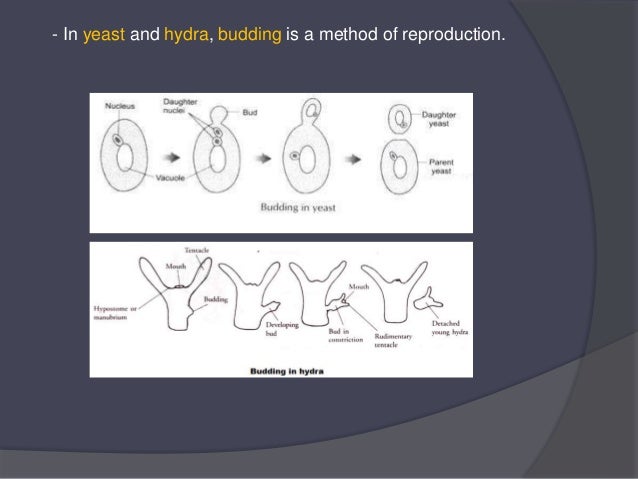

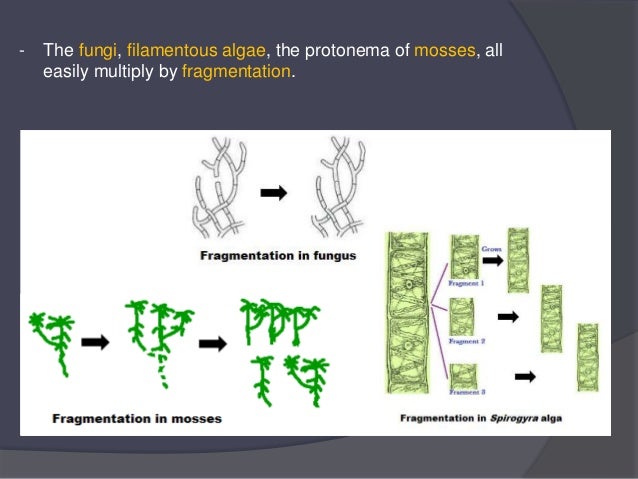
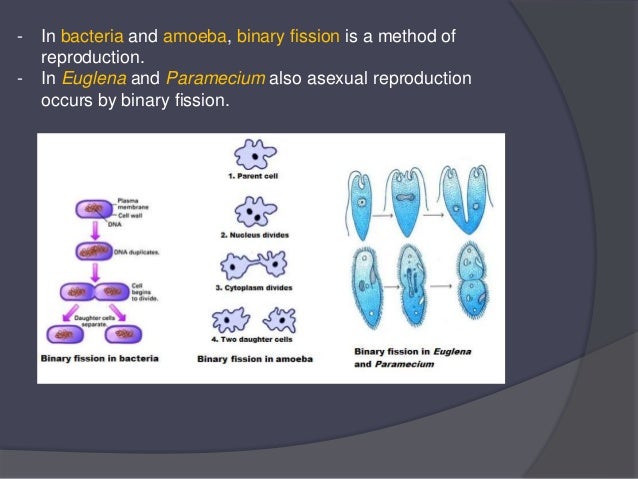
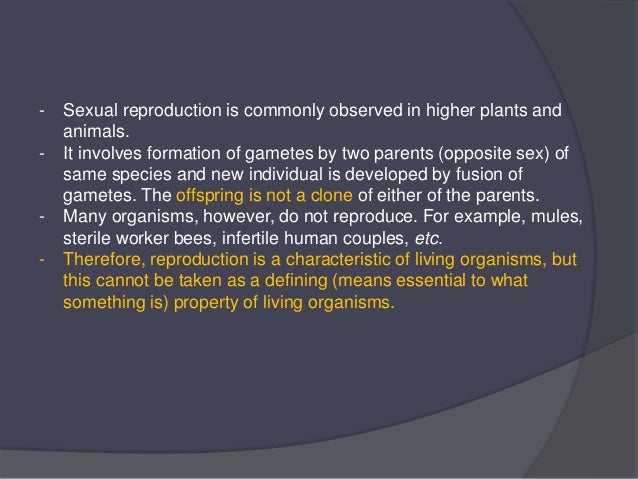
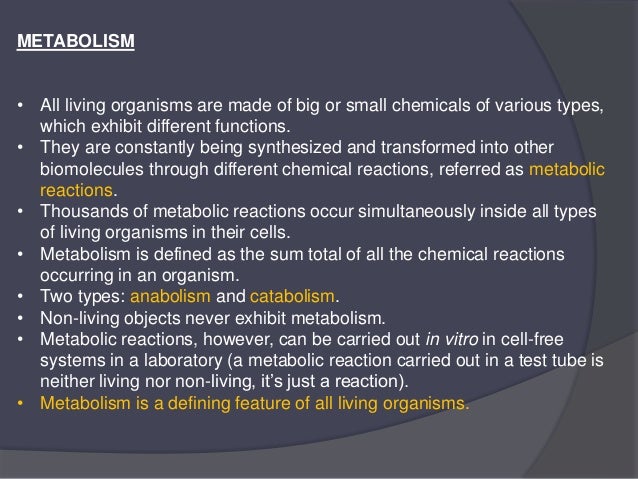
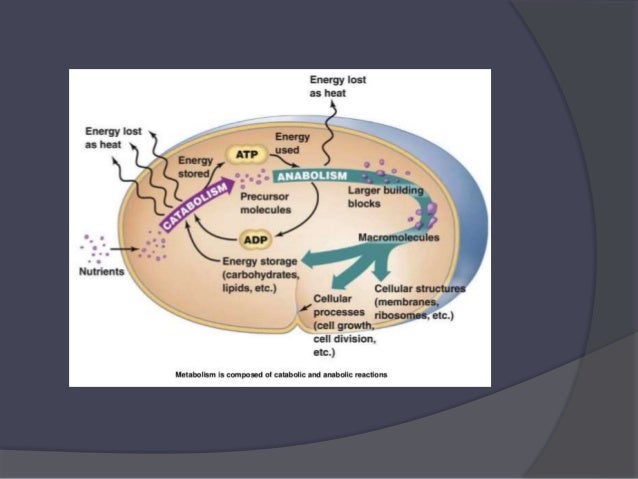
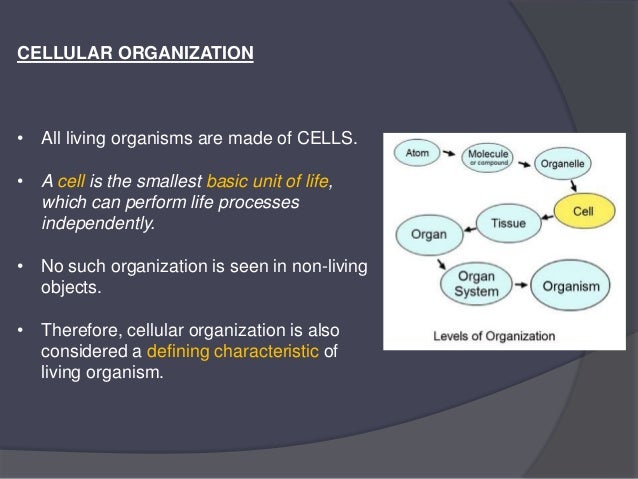
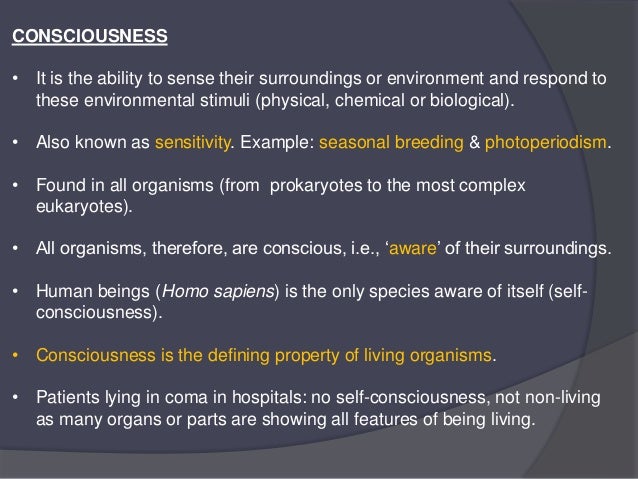
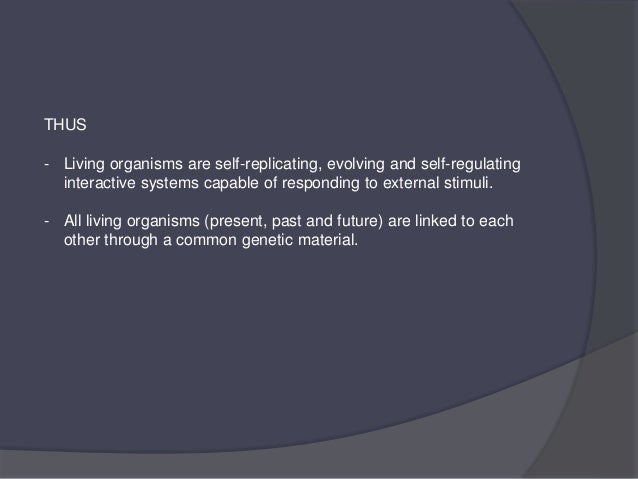
Comments
Post a Comment